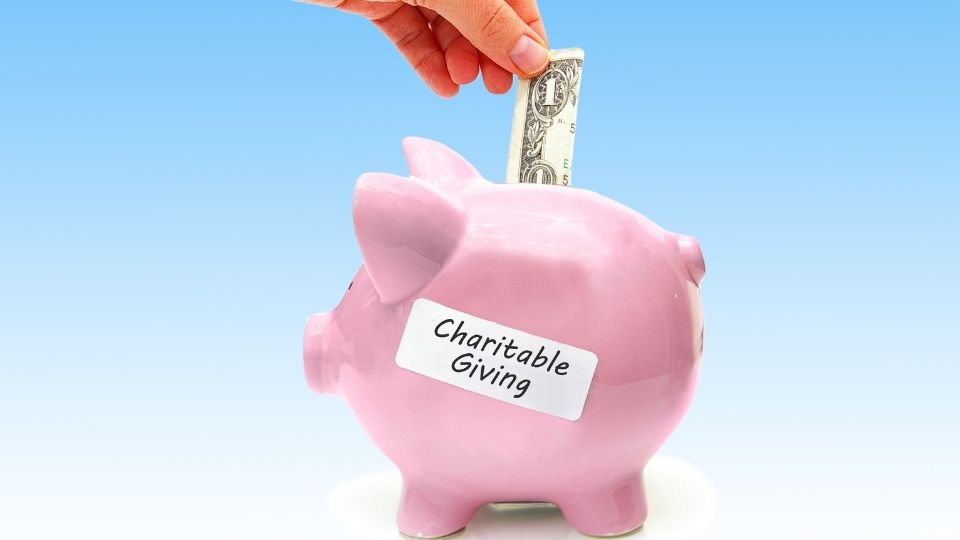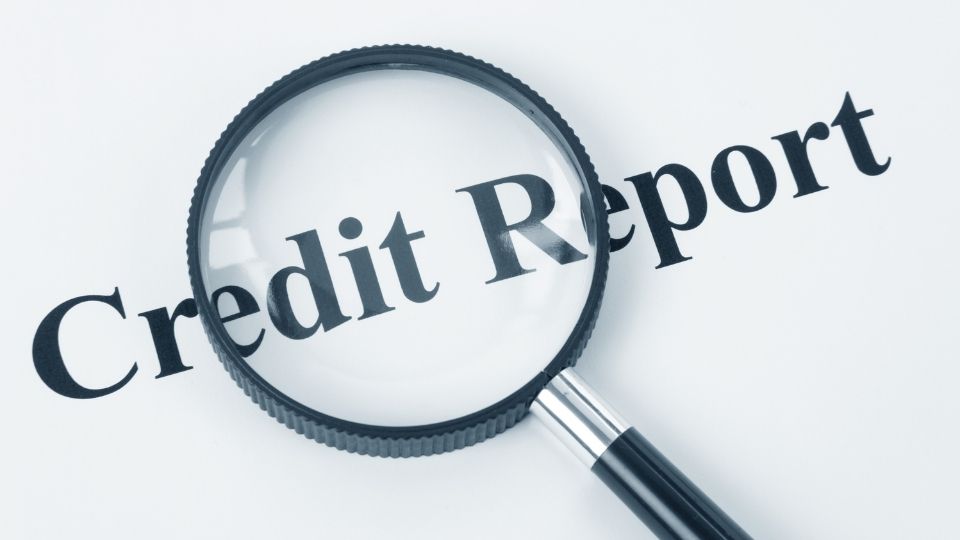Your Financial Wellness Wheel

How do we measure financial health? Completing a Financial Wellness Wheel can give you a baseline for your current financial health and give you steps to take to improve or maintain. This fact sheet will explain each category on the Financial Wellness Wheel, teach you how to use it, and suggest ways to take action to improve your score in each section.
Financial Wellness Wheel Categories
The eight categories on the Financial Wellness Wheel are:
Financial Goals
Do you have financial goals you are working towards?
Budgeting
Do you have a budget that helps you stay in control of your money?
Emergency Savings
Do you have enough money saved to help in emergencies?
Low Debt
Are you able to pay more than the minimum payment each month?
Living Within Your Means
Do you spend less than you make each month?
Retirement Savings
Are you contributing to a retirment fund regularly?
Credit Score
Is your score above 700?
Insurance Coverage
Does your insurance cover all your needs?
How to Use it
The Financial Wellness Wheel Worksheet here , shows a visual depiction of the eight categories on the wheel. Follow the detailed instructions to rank yourself on a scale of 0 (very dissatisfied) to 10 (fully satisfied) that represents your score in each area. Then ask yourself some important questions. Which of the categories would you most like to improve? What would it take to have a score of 10 in each category? What support might you need from others to make positive steps forward? (See worksheet for more details.)
Take Action
The final step after completing your wheel is to identify one action for each area where you can take a small step to improve. Below are examples in each segment of the wheel:
Financial Goals
Where do you want to be financially in one year from now? How about 10, 20, and 30? Answering these questions can help you determine financial goals you’ll need in order to get where you’d like to be. Financial goals should be consistent with your values (Garman and Forgue, 2018). Starting now with a simple, short-term goal will make you more likely to continue with long-term goals.
Budgeting
Dave Ramsey, author of The Total Money Makeover (2013), said, “A budget is telling your money where to go instead of wondering where it went.” At the end of the month, do you look back and wonder what happened to your paycheck? Start by tracking where you spend your money for 1 month. Identify areas you need to improve. Then set realistic expectations. If you usually spend $100 eating out, it may not be realistic to cut that to zero right away. Small adjustments can really add up.
Emergency Savings
Accumulating credit card debt should not be your emergency savings plan. Having 3 to 6 months’ worth of expenses saved for emergencies will help you have financial peace of mind when everything else seems to be going wrong. If you don’t have an emergency fund yet, start with a goal of saving $1,000 as fast as you can. Make a commitment to yourself that this stash of cash won’t be used for anything other than an emergency.
Low Debt
Have you come up with a plan to eliminate debt as fast as possible? Check out www.powerpay.org to set up a free, debt elimination plan. PowerPay™ helps you see all you owe in one place and provides you with a plan to pay off everything in the most efficient way-using power payments. When you pay off one debt, add that payment onto another debt payment to double up and soon you will be debt free.
Living within your Means
Self-discipline is important to live within your means (Stanley and Danko, 2010). Waiting to save up for something you want to buy can be hard. But you’ll never achieve your financial goals if you regularly overspend. If you find yourself living paycheck to paycheck, try looking at ways to reduce your expenses or increase your income.
Retirement Savings
The best thing to do for your retirement savings is start now (Garman and Forgue, 2018)! Even if you can only afford a small amount every month, starting small now is better than waiting until you have more later. Investing early means time is on your side.
Credit Score
There are five components that make up your credit score. Payment history, amount owed, length of credit history, new credit, and type of credit used. Payment history makes up the biggest section, about 35% of your credit score. To increase your credit score, making regular, on time payments will make the biggest difference (Garman and Forgue, 2010).
Insurance Coverage
Take the time to review your insurance needs and decide what you need and don’t need. If you have a major life event like getting married or having a baby, be sure to consider your insurance. Periodically evaluate your auto and home/renters insurance rates to be sure you’re getting the best deal.
Review and update your Financial Wellness Wheel annually. For more real-life money smarts, resources, and tools view www.utahmoneymoms.com. Check out www.finance.usu.edu for more publications like this one.
Further Resources
References
- Garman, T. & Forgue, R. (2018). Personal Finance. Boston, MA: Cengage.
- Ramsey, D. (2013). The Total Money Makeover: A proven plan for financial fitness. Nashville, Tenn.: Nelson.
- Stanley, T. J., & Danko, W. D. (2010). The Millionaire Next Door: The surprising secrets of America's wealthy (1st Taylor Trade Pub. ed.). Lanham, Md.: Taylor Trade Pub.
Authors
Amanda Christensen
Related Research








